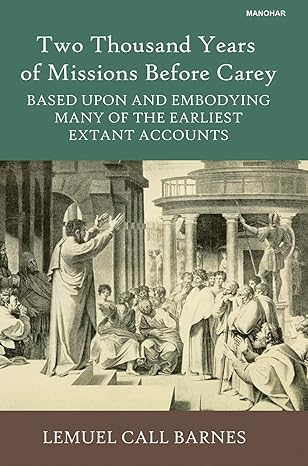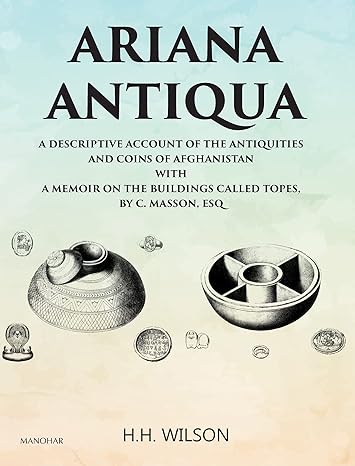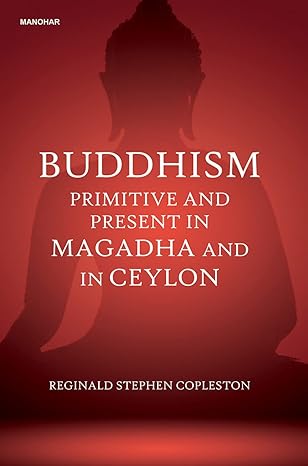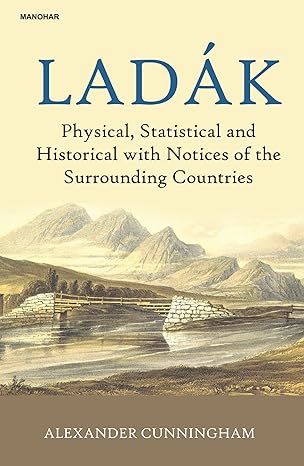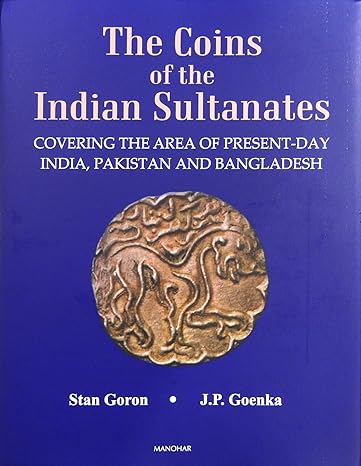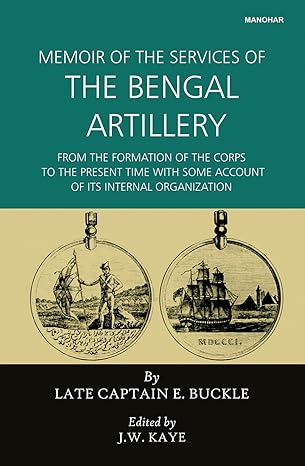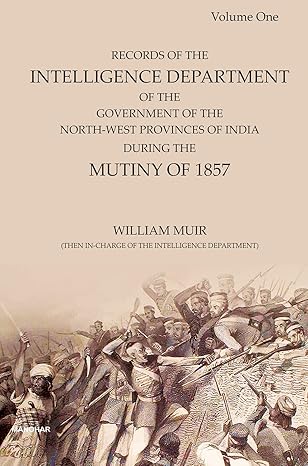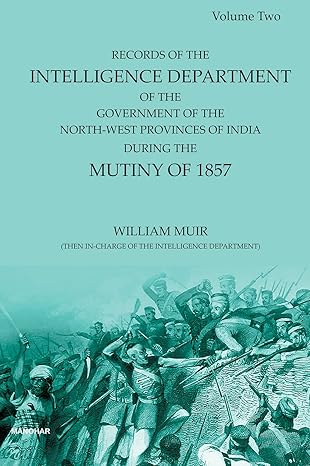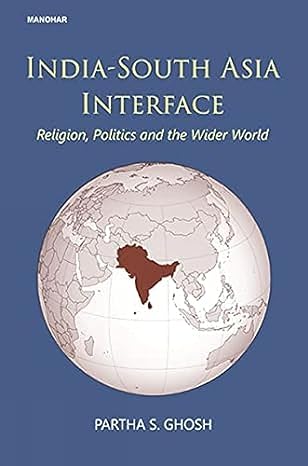History
Featured Products
Two Thousand Years of Missions Before Carey: Based Upon and Embodying Many of the Earliest Extant Accounts
₹1,350.50
M.R.P.:₹ 1,850.00
You Save: ₹499.50 (27.00% OFF)
Ariana Antiqua: A Descriptive Account of the Antiquities and Coins of Afghanistan with a Memoir on the Buildings Called Topes by C. Masson, Esq
₹1,580.40
M.R.P.:₹ 2,195.00
You Save: ₹614.60 (28.00% OFF)
Buddhism: Primitive and Present in Magadha and in Ceylon
₹805.00
M.R.P.:₹ 1,150.00
You Save: ₹345.00 (30.00% OFF)
Ladak: Physical, Statistical and Historical with Notices of the Surrounding Countries
₹1,256.40
M.R.P.:₹ 1,745.00
You Save: ₹488.60 (28.00% OFF)
The Coins of the Indian Sultanates: Covering the Area of Present-Day India, Pakistan and Bangladesh
₹3,950.00
M.R.P.:₹ 5,000.00
You Save: ₹1,050.00 (21.00% OFF)
Memoir of the Services of the Bengal Artillery: From the Formation of the Corps to the Present Time with Some Account of its Internal Organization
₹1,461.50
M.R.P.:₹ 1,850.00
You Save: ₹388.50 (21.00% OFF)
Records of the Intelligence Department of the Government of the North-West Provinces of India: During the Mutiny of 1857(Volume 1)
₹1,277.50
M.R.P.:₹ 1,750.00
You Save: ₹472.50 (27.00% OFF)
Records of the Intelligence Department of the Government of the North-West Provinces of India: During the Mutiny of 1857(Volume 2)
₹1,012.50
M.R.P.:₹ 1,350.00
You Save: ₹337.50 (25.00% OFF)
India-South Asia Interface: Religion, Politics and the Wider World
₹1,134.00
M.R.P.:₹ 1,400.00
You Save: ₹266.00 (19.00% OFF)


